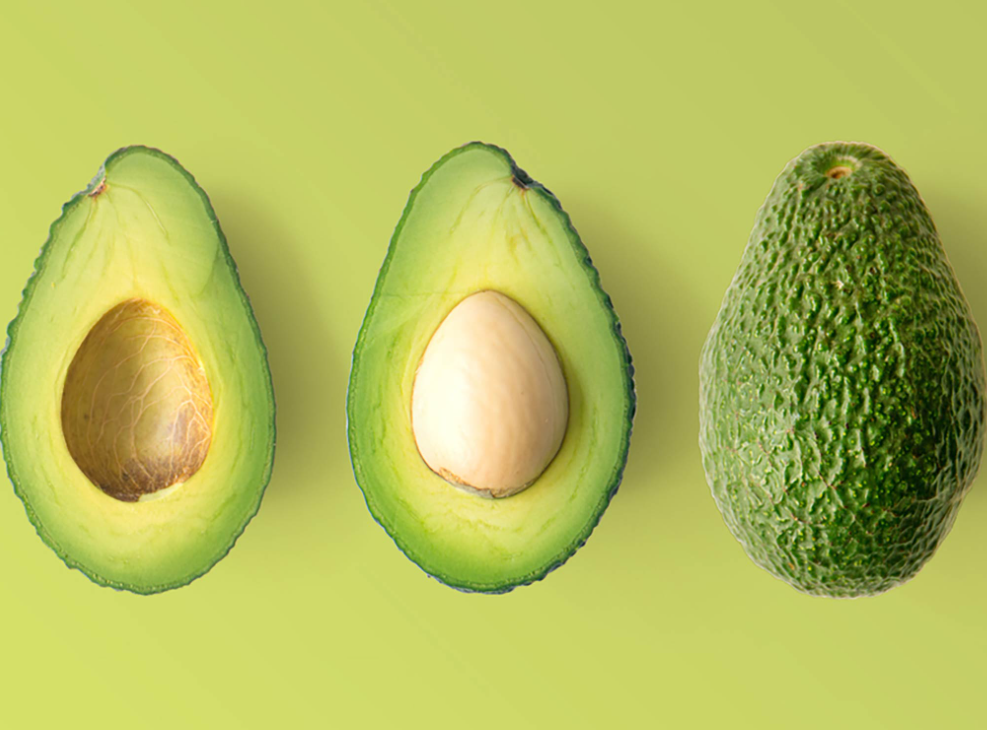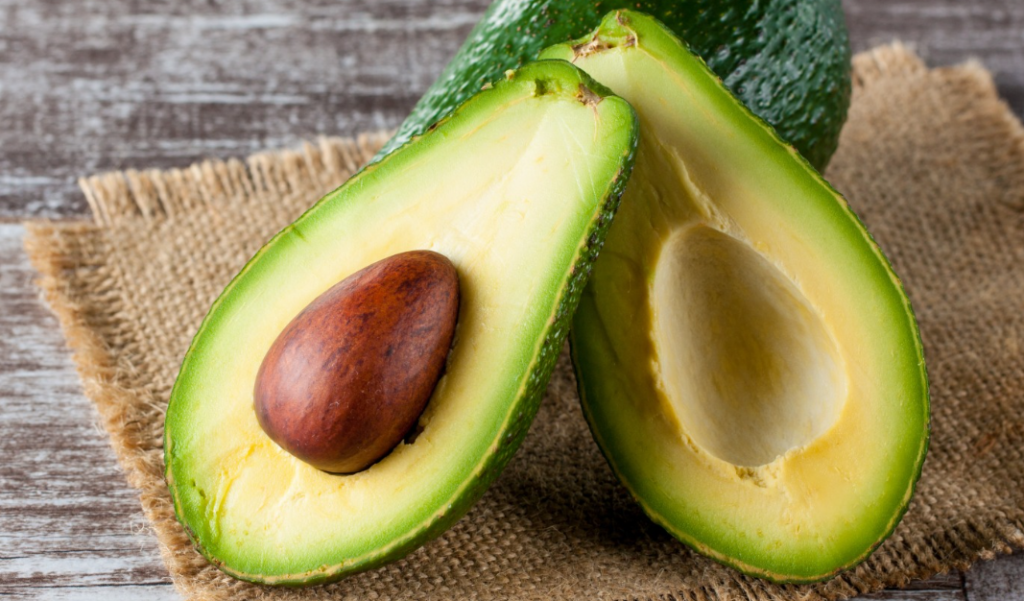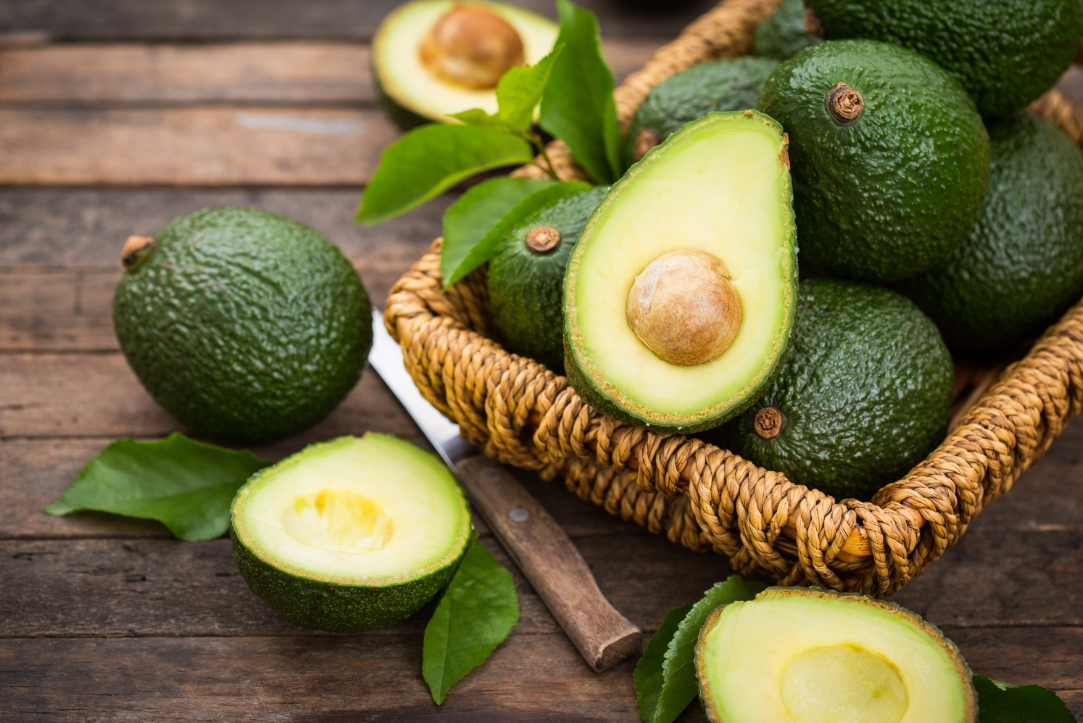Avocado has become one of the most popular foods in the world, from avocado toast to guacamole. But have you ever wondered whether this delicious and versatile food is a fruit or a vegetable? Well, the answer may surprise you…
Is an avocado a fruit or vegetable?
Is Avocado a Fruit? Avocado is a highly nutritious and versatile fruit that has gained widespread popularity in recent years. But despite its growing popularity, many people still wonder whether avocado is a fruit or a vegetable. The answer is simple – avocado is a fruit!
Yes, you heard it right. Avocado is a fruit because it meets all the botanical criteria of a fruit. It has a fleshy pulp with a single large seed in the center, which is characteristic of a fruit. Unlike vegetables, which come from the roots, stems, or leaves of a plant, fruits grow on the flowering part of the plant.
Now that we have established that avocado is a fruit, let’s look at some interesting facts about this superfood. Avocado is a good source of healthy fats, fiber, vitamins, and minerals. One medium-sized avocado contains around 20 grams of healthy fats, which are essential for maintaining good health. It also contains 10 grams of fiber, which helps to keep your digestive system healthy and may reduce the risk of certain diseases.
When it comes to protein content, avocados are not particularly high in protein. One medium-sized avocado contains around 2 grams of protein. However, it is important to note that protein is just one of the nutrients that our bodies need, and we can get protein from other sources as well.
How to cut an Avocado?

So, now that we know that avocado is a fruit and the nutritional benefits it provides, let’s talk about how to cut an avocado.
Cutting an avocado is easy once you know the proper technique. Here’s how to do it:
- Cut the avocado lengthwise around the seed.
- Twist the two halves in opposite directions to separate them.
- Remove the seed by gently prying it out with a spoon.
- Scoop out the flesh with a spoon or cut it into cubes while still in the skin, and then use a spoon to scoop it out.
- There you have it – a perfectly sliced avocado ready to be used in your favorite recipes!
In conclusion, avocado is a fruit that provides numerous health benefits. It’s a good source of healthy fats, fiber, vitamins, and minerals. And now that you know how to cut an avocado, you can enjoy this delicious and nutritious fruit more easily. So, go ahead and add some avocado to your diet today!
How to ripen avocados?
Avocados are delicious, nutritious, and versatile, but sometimes they can be tricky to ripen. Here are a few simple methods to ripen avocados quickly:
Using a paper bag: Place the avocado in a brown paper bag with an apple or banana. These fruits produce ethylene gas, which speeds up the ripening process. Fold the bag closed and leave it at room temperature for 1-2 days. The avocado should be ripe and ready to eat.
Using newspaper: Wrap the avocado in newspaper and place it in a warm spot, such as on top of the fridge or near a window that gets direct sunlight. The warmth and darkness will help the avocado ripen faster. Check the avocado daily until it is ripe.
Using the oven: If you need to ripen an avocado quickly, you can use your oven. Preheat the oven to 200°F (93°C). Wrap the avocado tightly in aluminum foil and place it on a baking sheet in the oven for about 10 minutes. Check the avocado for ripeness by gently pressing on the skin. If it feels slightly soft, it’s ripe and ready to eat.
Leaving it on the counter: If you have time, you can simply leave the avocado on the counter at room temperature until it ripens. This may take anywhere from 2-5 days depending on the maturity of the avocado.
It’s important to note that once an avocado is ripe, it should be eaten within a day or two to prevent it from becoming overripe and spoiling. So, choose the method that works best for you, and enjoy your perfectly ripe avocado!
How many calories in an avocado?

As an AI language model, I don’t have real-time information on the nutritional content of foods. However, the number of calories in an avocado can vary depending on its size and variety. On average, a medium-sized Hass avocado contains about 250-280 calories. However, it’s important to note that avocados are a great source of healthy fats, fiber, vitamins, and minerals, making them a nutritious addition to a balanced diet in moderation.
How to eat avocado?
Avocados are a delicious and nutritious fruit that can be enjoyed in a variety of ways. Here are some simple ways to eat avocado:
Sliced: Cut the avocado in half lengthwise, remove the seed, and slice the flesh into thin or thick slices. Sprinkle with salt and pepper, or add some lemon juice for extra flavor.
Mashed: Mash the avocado with a fork or potato masher until it reaches your desired consistency. Add some salt, pepper, and other seasonings of your choice, and use it as a spread on toast, sandwiches, or crackers.
Guacamole: Combine mashed avocado with diced tomatoes, onions, jalapenos, and lime juice to make a tasty guacamole dip for chips or veggies.
Salads: Add sliced or diced avocado to your favorite salads for a creamy and nutty flavor.
Smoothies: Blend avocado with fruits like banana, berries, and yogurt to make a creamy and nutritious smoothie.
Baked: Half an avocado, remove the seed and fill the hole with an egg, then bake in the oven for a healthy breakfast.
These are just a few ideas to get you started, but feel free to get creative and experiment with different avocado recipes and dishes. Avocado is a versatile fruit that can be used in both sweet and savory dishes, making it a great addition to any meal.
How to tell if an avocado is bad?
It’s important to know how to tell if an avocado is bad or spoiled before consuming it. Here are a few signs that an avocado is past its prime:
Appearance: If the skin of the avocado appears very dark or black, and feels overly soft or mushy when lightly squeezed, it may be overripe or even spoiled.
Texture: If the flesh of the avocado has turned brown or black, or has developed any mold or dark spots, it is no longer safe to eat.
Smell: If the avocado emits a sour or fermented smell, it may be rotten and should not be consumed.
Taste: If the avocado tastes bitter or rancid, it is likely that it has gone bad.
It’s important to note that avocados can spoil quickly once they are ripe, so it’s best to consume them as soon as possible after they are fully ripe. To prolong their shelf life, store them in a cool, dry place until you’re ready to use them. If you have leftover avocado, store it in an airtight container in the refrigerator, where it should last for up to a day or two.






